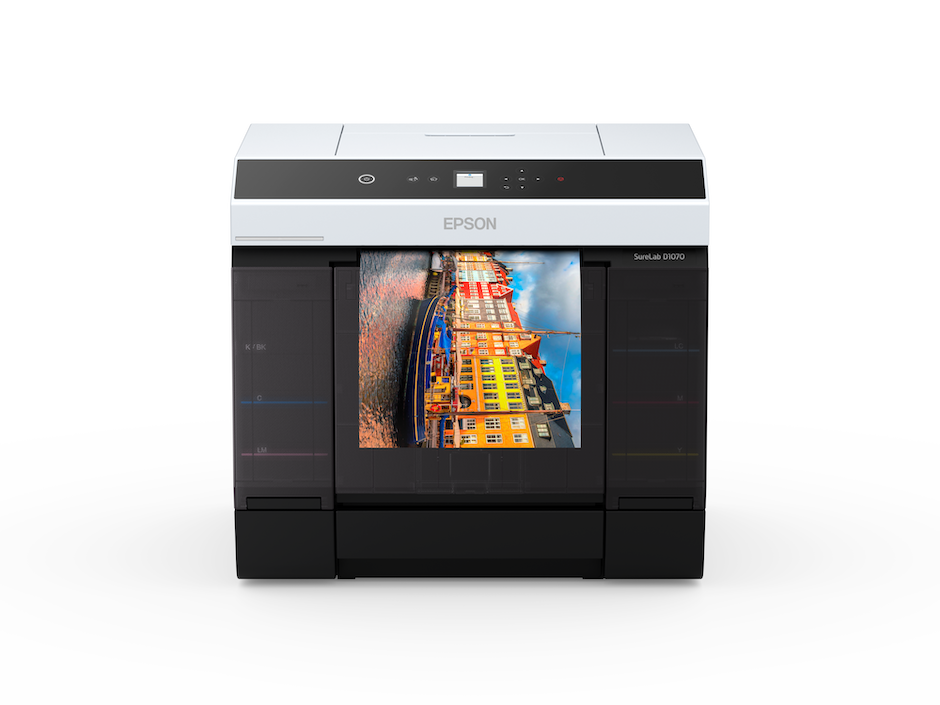Storage
This article was updated on January 16, 2019.
If there’s one thing we know for certain about digital photography it’s that it’s freed us to take a lot of photos. Trillions, in fact.
But if digital photography has liberated us to be carefree with the shutter, it’s also shackled us with a significant challenge–how to back up your digital photos so that your work and digital memories are available for future generations.
Fortunately, there are a few steps you can take to ensure your digital images last for the long haul.
Step One: Secure Your Files with 3-2-1
The ideal solution, says stock photographer and image preservation expert David Riecks, is known as the “3-2-1 approach.” That’s three copies of a file, stored in two different places with one of those locations off-site.
There are several ways to approach the 3-2-1 standard: you can place one copy of your digital archive in a hard drive stored in a safe, one copy stored in a hard drive that’s connected to a computer and upload a third copy to a cloud service like Google Drive or Dropbox (fulfilling the off-site requirement).
Don’t Miss: Great Hard Drive and Storage Options for Your Digital Photos
The life of any given hard drive is variable, but a study from the cloud provider BackBlaze based on a comprehensive examination of drives used in their servers, found the average to be six to seven years. Migrating data to new drives on a five-year basis may provide extra insurance.
Moving large amounts of data back-and-forth introduces plenty of opportunities for file corruption. Fortunately you can run the equivalent of a “DNA test” on files that are being transferred from one media to another to ensure they arrive intact. Riecks uses a hashing program that creates a checksum file that examines the bit structure of all his archived files. If there were any errors introduced during the transfer process, the checksum file will flag them. AV Preserve offers a variety of file-checking tools, some of them free, to verify the integrity of image collections across storage platforms. If you’re constantly synchronizing files between different hard drives, it makes sense to run one of these checksum programs on occasion to ensure your photo data is being properly preserved.
Don’t Miss: How Pro Photographer Michael Grecco Organizes His Digital Images
One shouldn’t overlook the value of printing as an archival method either, says Henry Wilhelm of Wilhelm Imaging Research. Properly produced and cared for, printed images can last for hundreds of years—far longer than any contemporary digital storage media. The key to ensuring a long-lived print is to use an inkjet printer and store your prints away from the sun. With the right paper and ink combination, you can create inkjet prints that last in excess of 200 years! While it’s not cost-effective to print every photo you take, you should identify the real keepers and make inkjet prints of those and store them in a cool, dry place away from the sun.
Making prints is actually doubly important for those who sell images. A signed and dated print is the currency of the fine art photographic market, Wilhelm says. If you want to sell photographic art, a print is the best vehicle to do it. “You don’t see people spending $5.6 million for a file,” Wilhelm says.
Don’t Miss: How Long Will Photo Prints Last? We Asked the Experts
Step Two: Make Your Files Readable
The second, and more challenging, step is choosing an image file format that has the best chance of being machine-readable in the future. Think of it this way, 30 years ago, no one outside of a few pioneering researchers knew what a “JPEG” was, let alone how to open and view one. When storing your digital photos for the long haul, you need to think carefully about how future generations will access this information. Will the file format you’re using be around and viewable in a generation? It’s not an easy question to answer.
“A primary characteristic for an archival format is that the structure and nature of the format be openly documented and understandable by any reasonable software engineer in the imaging field,” says Tom Hogarty, Director of Product Management at Adobe.
JPEGs and the Adobe-championed DNG format fall under this umbrella. Saving images in either format gives posterity a decent chance at viewing your photos.
“Support for JPEG codecs will remain part of photographic software years from now,” says Peter Schelkens, PR chair for the JPEG Committee. “I do not see main photo software vendors discontinuing support in the near and not so near future. Moreover, the fact that JPEG is an official ISO/IEC and ITU-T standard guarantees that it is well documented and generally accepted. Such standard specifications are well archived and should in principle allow you to decode these images even thousands of years from now, assuming of course we did not move out of the digital era.”
A “plain vanilla TIFF” file, while proprietary, is also very well documented and is Riecks’ archival format of choice. For Riecks, “plain vanilla” means an 8-bit TIFF file in the AdobeRGB color space.
The Library of Congress uses bitmaps in a TIFF wrapper to preserve their digital photo files, says Carl Fleischhauer, project manager in the Office of Strategic Initiatives at the Library of Congress. This approach prioritizes long-term readability over the ability to make future edits to a file, but photographers may want the emphasis on the latter. In that case, formats like DNG make sense, Fleischhauer says.
What our experts were less confident in was the ability of proprietary, camera-specific RAW files to offer as high a degree of longevity and readability. While it makes sense to keep a copy of your RAW file to make future edits on, making DNG or JPEG copies for longer-term storage will give you a best-of-both-worlds approach. (Another great argument for printing your photos: unlike digital files, which will require software and computers to view, prints are always “human readable.”)
Step Three: Preserve the Metadata
Ensuring a photo has accurate and thorough metadata is critical to digital photo preservation, argues Riecks, because it enables future programs to find and organize a photographic collection. It also ensures critical copyright data travels with the images as they migrate from old storage solutions (like hard drives) to new ones that haven’t even been conceived of yet. It also protects images that are discovered online from being deemed “orphaned” works.
A first step to preserving metadata is to make sure it’s input early in your workflow, otherwise you’re “throwing images into a black hole,” Riecks says. Given the sheer number of images you’re likely managing, it makes sense to discriminate. Riecks will batch process all photos with a minimum amount of metadata to ensure basics like location, copyright, time and date, and captioning details are represented. For images he cares more about, he’ll input even more information such as tags, ratings and keywords. Riecks offers a series of detailed keywording guidelines on his site, Controlled Vocabulary.
Like image files, metadata files come in a variety of flavors and not all will be viable as a long-term preserve of valuable image information. Adobe, for instance, backs the open-source XMP (for Extensible Metadata Platform) format. News and photo agencies use the IPTC Photo Metadata Standard, which is built off of Adobe’s XMP and an older IPTC standard to ensure long-term interoperability (it also comes with its own manifesto). Another virtue of using widely available image file formats as opposed to proprietary RAW files is that they support embedding metadata into the image file.
Learn More:
Great Storage Drives to Back Up Your Digital Photos
**Get a Great Deal on Hard Drives & Memory**





